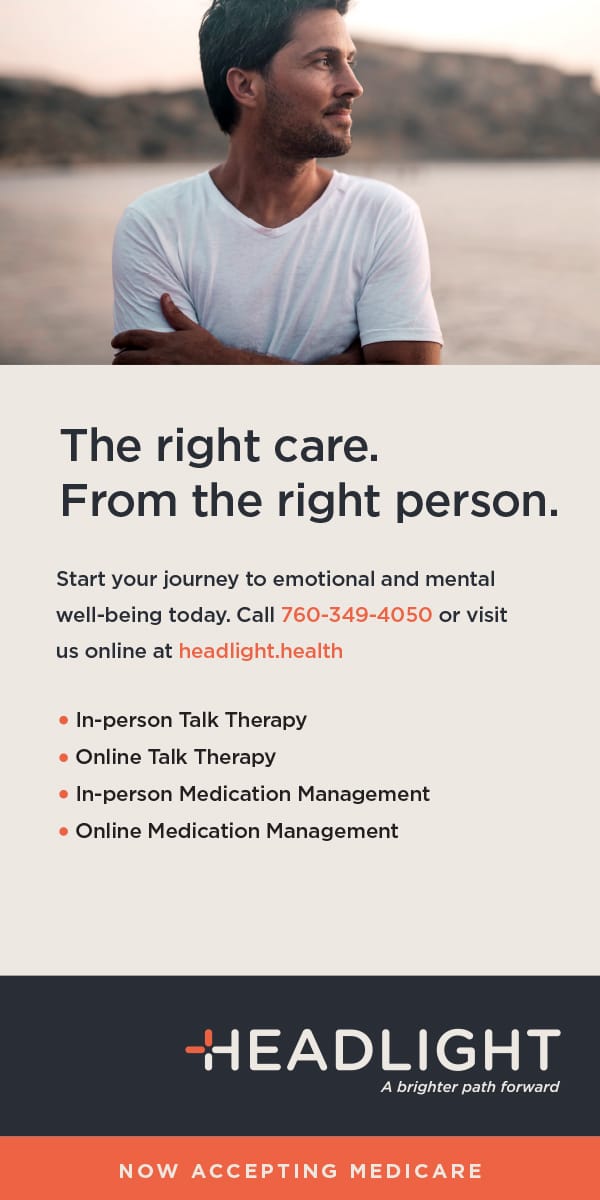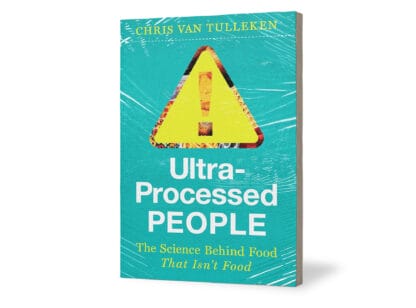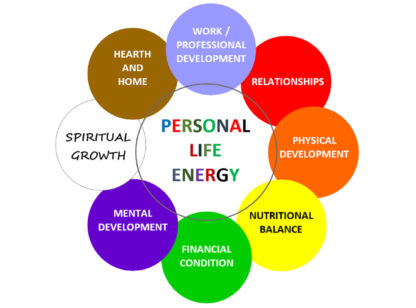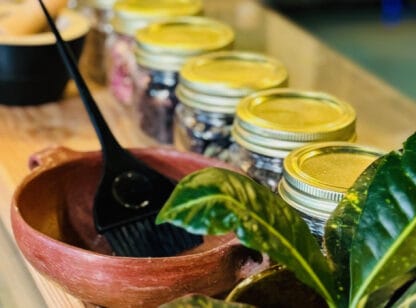One of the best parts of medical school was a group of girlfriends who met weekly to support each other. This same group meets through a monthly conference call and on our last call, many of us expressed that we are struggling with anxiety. It was a poignant reminder to me that the stresses in all our lives are tough to manage and that stress and anxiety are common denominators to being human.
As much as we all want to be happy, we are predominately wired towards negativity and worry. Caution is a critical survival tool and our brain is designed to constantly scan for danger. As soon as we resolve one obstacle, the brain is set up to look for the next hurdle. This stress-hormone roller coaster tends to keep our sympathetic nervous system stuck in an “ON” position and we live in a constant state of “fight or flight.” This existence is self-propagating unless we choose to interrupt the cycle.
In his book, The Upward Spiral, UCLA science researcher Dr. Alex Korb writes, “In fact, worrying can help calm the limbic system by increasing activity in the medial prefrontal cortex and decreasing activity in the amygdala. That might seem counterintuitive but it just goes to show that if you’re feeling anxiety, doing something about it – even worrying – feels better than doing nothing.”
But worrying is a horrible long-term solution, so how do we actually move out of this experience? When we experience our “feel good” brain hormones such as dopamine, serotonin or oxytocin, these hormones are most commonly released in bursts and quickly dissipate unless we take steps to promote their continued release. Many of the techniques of mindfulness are useful in building and promoting positive pathways in your brain. The more we integrate activities that promote relaxation and calm, the more we increase the pathways of our para-sympathetic nervous system. Time in a “para-sympathetic” state promotes relaxation, normal gut function, and restoration of the body reserves.
There are three tools that I’d like so share to help us shift into a happy, peaceful state:
Gratitude
Loretta Breuning writes: “Negativity will engulf you unless you build yourself a positivity circuit. To do that, spend one minute looking for positives, three times a day for forty-five days. This trains your brain to look for positives the way it is already trained to look for negatives.” One of my groups on Facebook recently made a commitment to try this. Each of us is setting our phone-timers to go off three times each day. When each timer rings we are spending one minute answering the question, “What am I grateful for?”
It turns out that just searching for what we are grateful actually changes our neurotransmitters. By forcing ourselves to focus on the positive aspects of our life, our brain increases serotonin production in the anterior cingulate cortex. With repeated practice we increase neuron density in this track and build a self-propagating pathway to feel good.
Labeling
What about times where we feel down or even catch ourselves engaging in an automatic default activity (like eating cookies or pouring a glass of wine) to feel better? I’m finding a tool called RAIN, first described by Michele McDonald 20-some years ago, to be a helpful reset. It has four parts:
- Recognize and tell yourself what is going on (I’m standing in the pantry reaching for a cookie).
- Allow and accept the experience, just as it is (OK, I’m wanting something. Yep, I’m here reaching for a cookie).
- Investigate why (What am I feeling? Hmmm, I’m not actually hungry, but I feel empty. Why? Oh, I worked super hard at work today and nobody noticed. I’m feeling unappreciated).
- Nurture yourself, offering compassion and kindness (How would I express appreciation to a friend in this situation? I would pat their arm or give them a hug. I would tell them they had done a great job. I would thank them. OK, I can do those things for myself – I’ll try patting my own arm and telling myself, “Thank you, you did an awesome job!”)
In research studies using even just a couple of words to describe an emotion was shown to activate the pre-frontal cortex and reduce the activity of the limbic system and shift the emotional connection in the moment. It turns out that labeling our emotions is a powerful way to shift our experience and behaviors. Hostage negotiators use this tool, parents diffuse kids’ tempers with this tool, and we can use this method to pause and shift our emotions when we catch ourselves in an unwanted state or behavior.
Connection
Connecting to people is a vital part of being happy. Repeated studies show that the more social connection, the lower the incidence of dementia. Studies of childhood development show that physical and mental growth requires emotional and physical nurture. There are many ways to encourage connection. By placing ourselves into social groups – whether by seeking friends, a book club, a bridge group, or a class, we can engage with other people and feel connected.
Human touch is another aspect of connection with incredible power. Functional MRIs of people experiencing pain demonstrate that holding the hand of a loved-one actually decreases our perception of pain. Long hugs increase our feelings of belonging and boost our performance and cognitive abilities. Hugs not only increase our levels of the neurotransmitter oxytocin, but also decrease the activity of our amygdala where our negative wiring originates. Massage also has incredible beneficial neurotransmitter effects. All three of our feel-good hormones, oxytocin, serotonin and dopamine, levels increase with massage, and massage decreases our cortisol or stress hormone.
As we move through life navigating our stressors and seeking peace of mind, I hope these tools improve your ability to lead a happy life!
Dr. Brossfield is the medical director at the Eisenhower Wellness Institute and can be reached at (760) 610.7360.














































Comments (0)